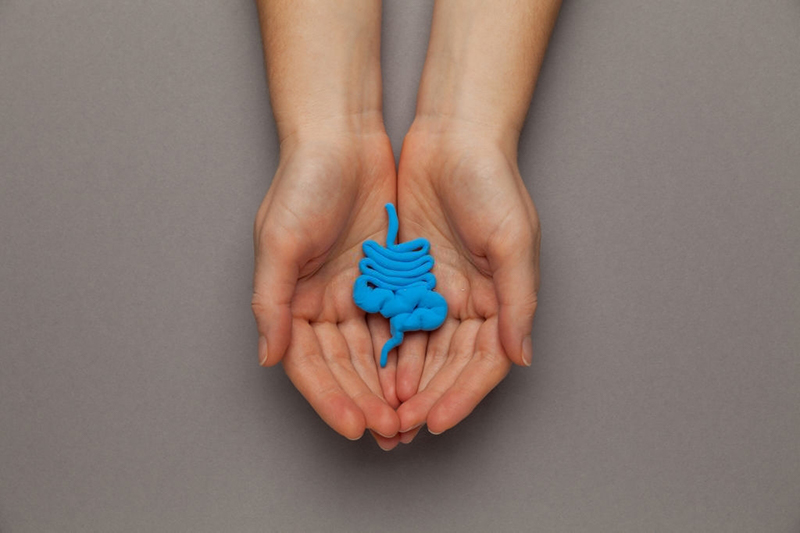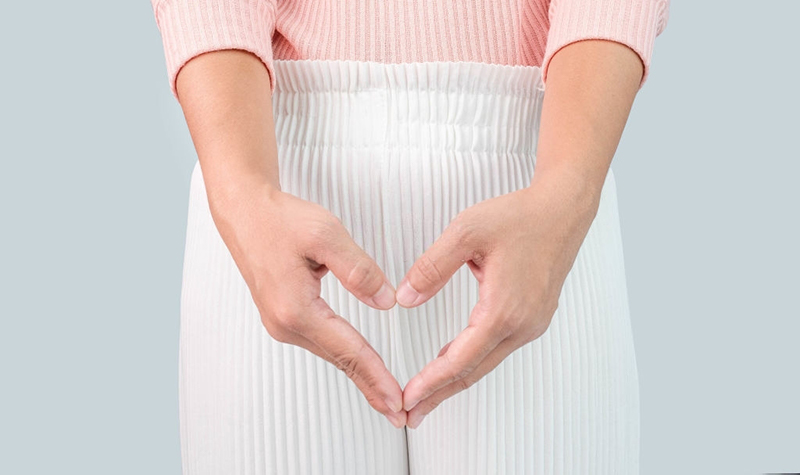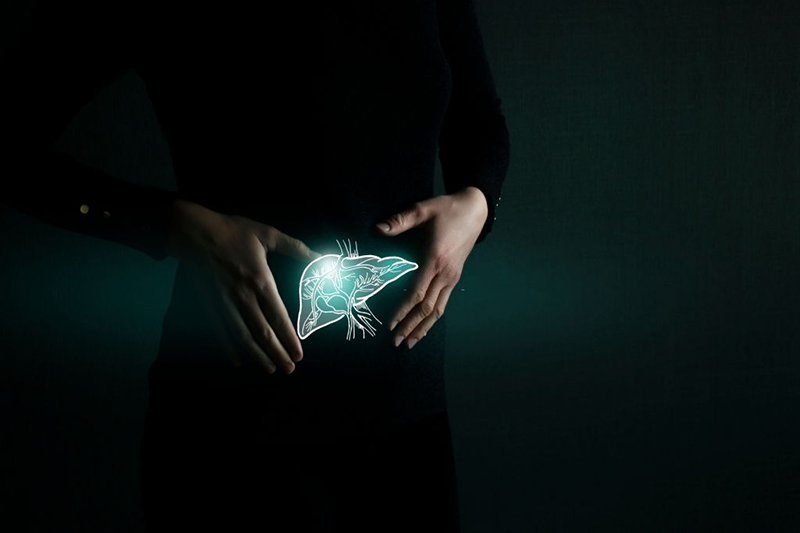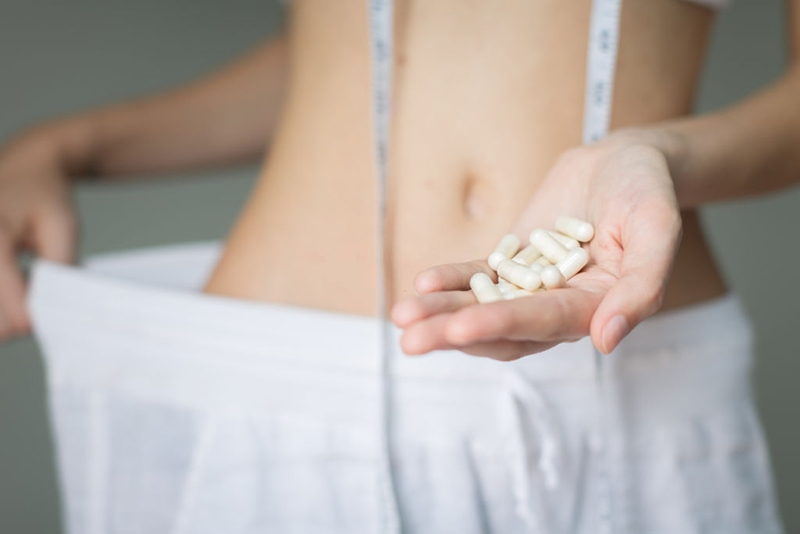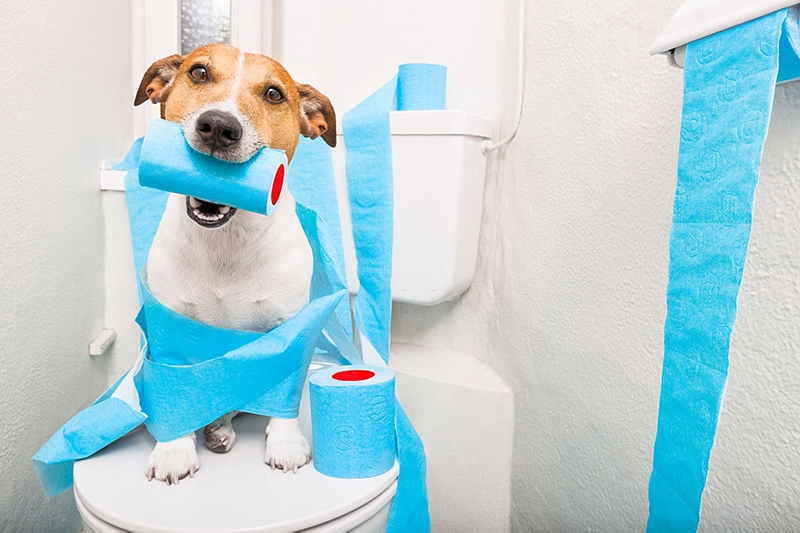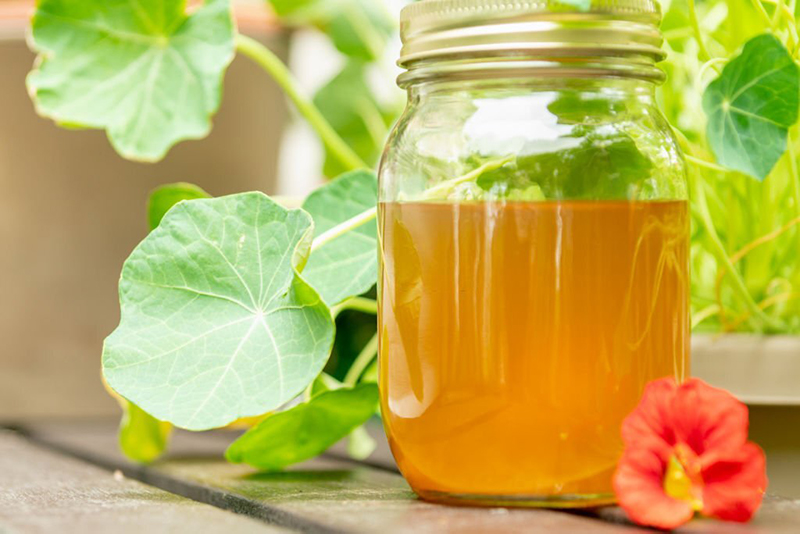Probiotics have been around for nearly a century since their discovery. During this period, scientists from various countries have conducted in-depth research on various probiotics, and the efficacy of Yi Niu chrysanthemum has been recognized by scientists and consumers from all over the world. There are two main types of probiotics currently used in food: Lactobacillus and Bifidobacterium. The efficacy of probiotics is focused on maintaining the balance of the intestinal flora and thereby triggering an overall effect on the body. Clinically, probiotic products are mainly used for the prevention and treatment of diarrhea, dysentery, enteritis, liver cirrhosis, constipation, digestive disorders and other diseases. probioticseverything.com
best probiotics after antibiotics
best probiotics after antibiotics
Regulate the balance of intestinal flora! Lactic acid bacteria adjust the relationship between the flora through its own metabolites and interactions with other bacteria, maintaining and ensuring the best combination and stability of the flora. Lactic acid bacteria must possess the characteristics of adhesion, competition for bed row, space occupation and production of inhibitors in order to maintain their advantages in the microenvironment. In addition to adhesion, lactic acid bacteria can produce the following inhibitors:
1. Organic acids. The fermentation of sugar by lactic acid bacteria produces a large amount of acetic acid and lactic acid, which makes the intestinal tract in an acidic environment, which is of great significance for inhibiting pathogenic bacteria. The decrease in the pH value in the intestine can also promote peristalsis and prevent the colonization of pathogenic bacteria.
2.H0. It can inhibit the growth and reproduction of Staphylococcus.
3. Glycosidase. A complex polysaccharide that degrades intestinal mucosal epithelial cells, which are potential receptors for pathogenic bacteria and bacterial toxins. Through the action of enzymes, it can prevent the possible adhesion and invasion of toxins to epithelial cells.
4. Bacteriocin. For example, nisin has inhibitory effect on many Gram-positive bacteria.
5. Break down bile salts. Bifidobacterium and the like can decompose the bound bile acid into free bile acid. The latter has a stronger inhibitory effect on bacteria than the former. probioticseverything.com
best probiotics after antibiotics
best probiotics after antibiotics
Inhibits endotoxin. Anti-aging bifidobacteria can inhibit the reproduction of spoilage bacteria in the intestinal tract, thereby reducing the content of endotoxin and urease in the intestinal tract and reducing the content of endotoxin and ammonia in the blood. Patients with liver disease ingested bifidobacteria and found that the blood gas free serum phenol and free amino acid were significantly reduced. Bifidobacterium can relieve portal cirrhotic encephalopathy. Such patients may experience a decrease in blood ammonia after ingesting Bifidobacterium breve and Bifidobacterium for 10 days for 1 month. The lactic acid produced by lactic acid bacteria can inhibit the growth of intestinal spoilage bacteria and reduce the damage to the body caused by carcinogens such as toxins, indigo substrates, indole, ammonia, hydrogen sulfide and other toxic substances produced by these bacteria. Slow down the aging process of the body. probioticseverything.com
best probiotics after antibiotics
best probiotics after antibiotics
Immune-activating anti-tumor Lactobacillus and its products can induce interferon, promote cell division and produce humoral and cellular immunity. It has been confirmed in many lactobacilli and bifidobacteria. The antitumor effect of lactic acid bacteria is due to the improvement of intestinal flora. The production of carcinogens is inhibited, while lactic acid bacteria and their metabolites activate immune function and inhibit the proliferation of tumor cells. probioticseverything.com
best probiotics after antibiotics
best probiotics after antibiotics

